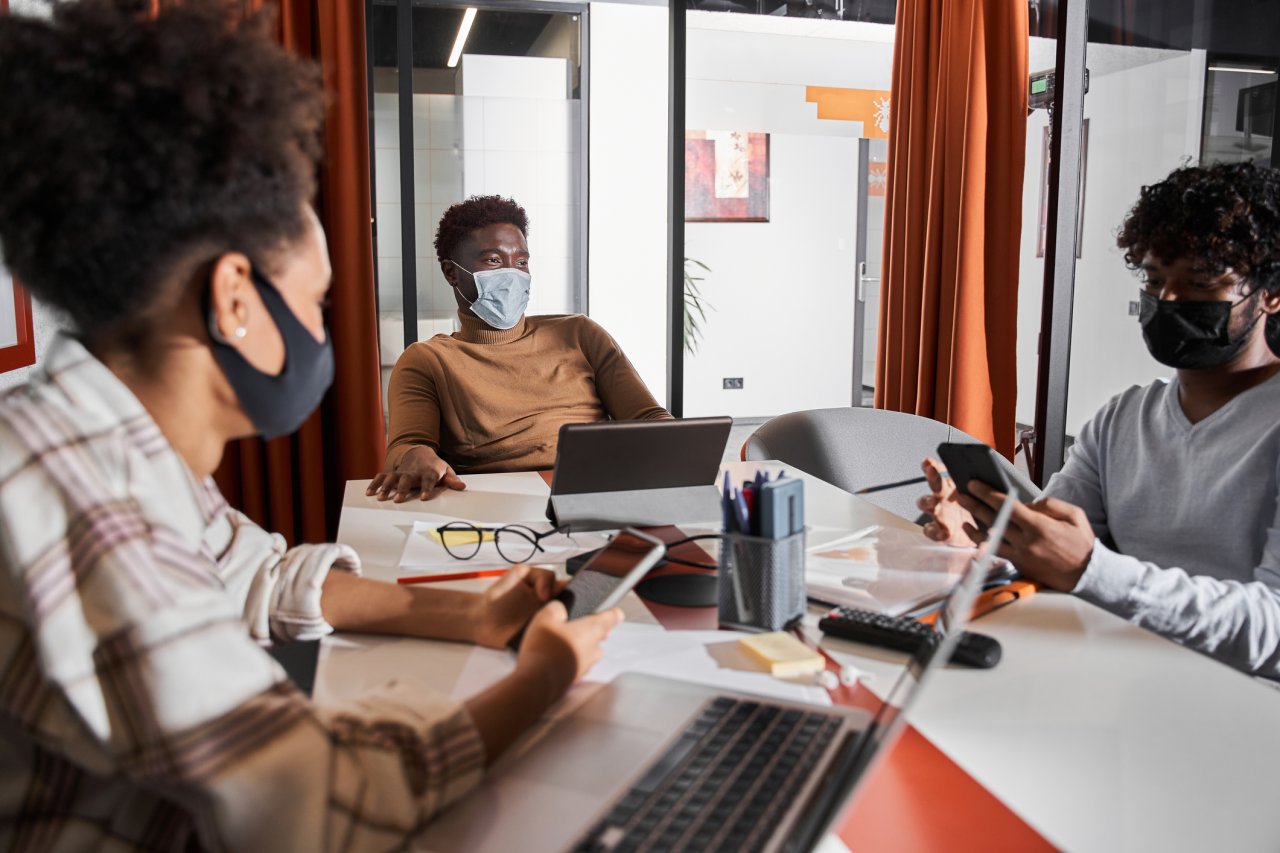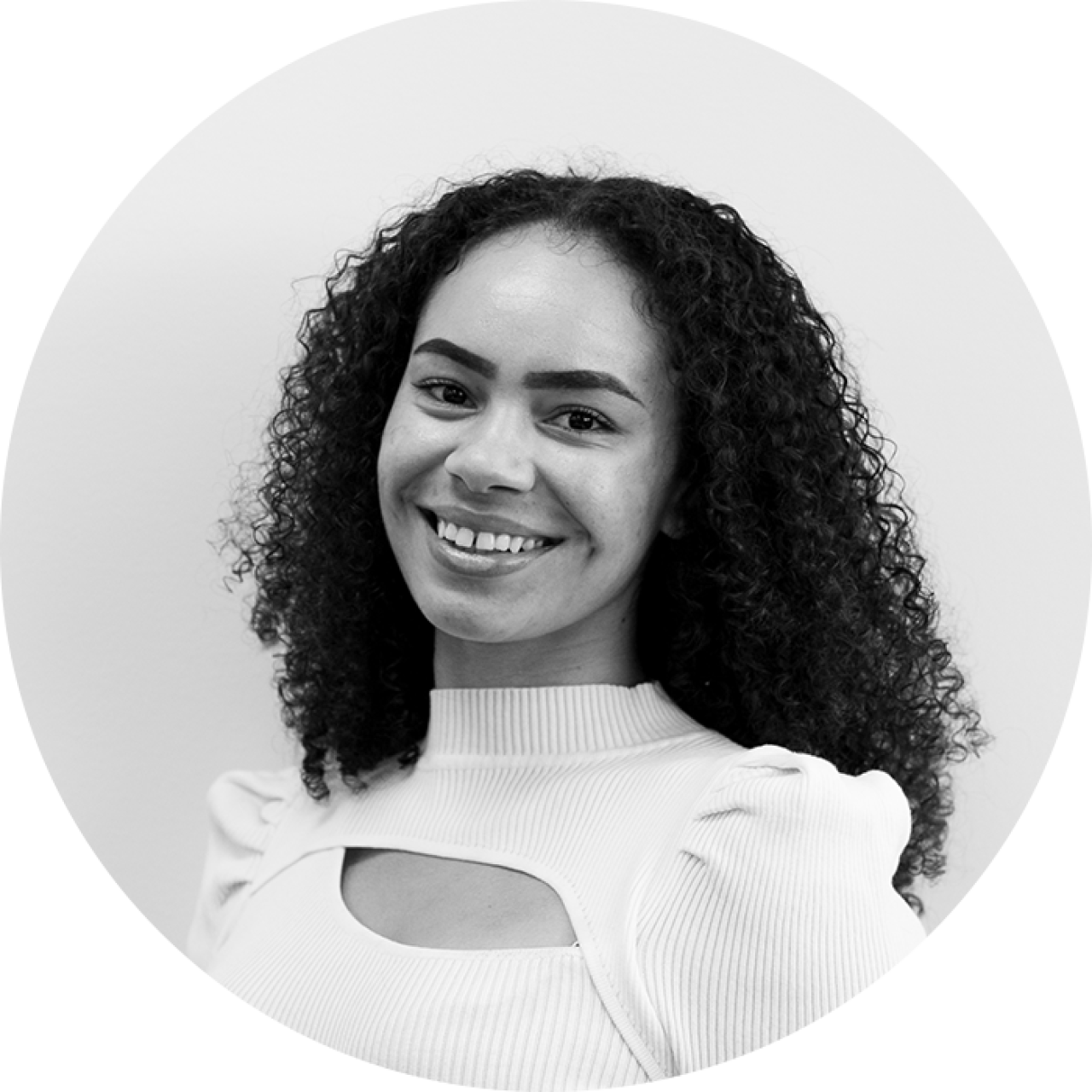Welcoming People with Disabilities into Your Philanthropy Advisory Group
In this article, we will share insights into identifying barriers to equity, and steps to take to create a more inclusive philanthropy advisory group.

The advisory group plays a pivotal role in guiding and enriching the operations of a foundation. By bringing together diverse expertise, perspectives, and experience, this group provides valuable insights, helping the foundation make informed, impactful decisions. However, too often, organizations lack disability representation in their advisory groups, leaving a significant gap in the scope and cultural competency of their work.
By including individuals with disabilities in your philanthropy advisory group, you can unlock a wealth of knowledge, perspectives, and opportunities. In this article, we will share insights into identifying barriers to equity, the importance of effective communication, and steps to take to create a more inclusive philanthropy advisory group.
Identifying Barriers to Inclusion for People with Disabilities
Before taking steps to create a more inclusive philanthropy advisory group, it is important to understand the barriers that individuals with disabilities may face. These barriers can be both physical and attitudinal, and they can prevent full, authentic participation and engagement.
Physical barriers include inaccessible venues, lack of assistive technologies, and absence of reasonable accommodations.
Attitudinal barriers, on the other hand, stem from ignorance, prejudice, and stereotypes.
Inaccessible communication is a significant roadblock that occurs because of both physical and attitudinal barriers. Physical barriers to communication could include inaccessible meetings or documents, a lack of transcription or interpreting services, and more. Attitudinal barriers arise when an organization is unaware of or ignoring the needs of people with disabilities when they try to engage them.
Developing effective, accessible communication practices addresses both types of barriers, ensuring that individuals with disabilities can fully participate in your philanthropy advisory group.
The Importance of Effective Communication
Societies can be defined as groups of people who communicate and interact with one another. Despite our innate need to connect, we aren’t always the best at fostering practices that ensure everyone feels welcomed and heard in a particular group. But that doesn’t mean we can’t change. Dedicating time to create opportunities for effective communication encourages group members to listen to each other, value different opinions, and recognize the contributions of individuals from marginalized communities. This empowers us to create a culture of inclusivity built on ongoing effort and commitment from every group member.
Accessibility is a key factor in creating a welcoming space that fosters effective communication. Ensuring that your meetings and events, whether in-person or virtual, are held in accessible venues creates space for everyone to take part. In-person, this includes providing wheelchair ramps, elevators, accessible restrooms, designated parking spaces, and more. For virtual events, this means brushing up on the accessibility features of the platform being used. For both in-person and virtual events, consider providing assistive technologies, such as real-time captioning or sign language interpreters, to facilitate effective communication.
Learn more about what steps you can take to create an accessible online meeting.
Steps to Take in Creating a More Inclusive Philanthropy Advisory Group
Creating a more inclusive philanthropy advisory group requires intentional actions and a commitment to change. Based on our experience, we’ve gathered some of our most impactful practical tips.
Educate and train group members on disability inclusion
Start by educating and training group members on disability inclusion. This can be done through workshops, seminars, or online resources. Increasing awareness and understanding of disability-related issues, allows group members to better appreciate the value of inclusivity and become advocates for change. When looking for training materials, prioritize organizations that are led or staffed by people with disabilities. No curriculum can match the nuance provided by lived experience.
Incorporate Universal Design principles in meetings and events
Universal Design creates products, environments, and systems that are accessible and usable by all people, regardless of their abilities. Apply Universal Design principles to your meetings and events to ensure that they are inclusive and accessible to individuals with disabilities.
For example, be prepared to provide materials in accessible formats, such as large print or Braille, to accommodate individuals with visual disabilities. Use inclusive language and avoid jargon or technical terms that may exclude people with cognitive or learning disabilities. Hire interpreters and real-time captioners when Deaf or hard-of-hearing individuals are present. Consider the layout of the meeting space and provide clear signage to help individuals with mobility impairments.
Engage with disability advocacy organizations and experts
Establish partnerships with disability advocacy organizations and experts in the field. Collaborating with these organizations can provide valuable insights and guidance on disability inclusion. They can help you identify best practices, offer training opportunities, and connect you with individuals who can contribute to your philanthropy advisory group.
Provide reasonable accommodations for people with disabilities
To ensure the full participation of individuals with disabilities, it is essential to provide reasonable accommodations. Reasonable accommodations are modifications or adjustments that enable individuals with disabilities to perform their tasks or take part in activities on an equal basis with others.
Examples of reasonable accommodations include providing assistive technologies, offering flexible scheduling options, or assigning dedicated support personnel. Take the time to understand the specific needs of individuals with disabilities in your group and work together to determine the most appropriate accommodations.
Resources
Explore LearnAbility, Ability Central’s professional development project, for in-depth resources that support inclusive and accessible grantmaking practices. Check out our other articles in this series.
We’re updating LearnAbility with new content regularly, so more articles and resources will become available all the time.
Through education, collaboration, and the provision of accommodations, you can create a more inclusive advisory group that positively affects the mission and impact of your foundation. Take the first step today and commit to creating a welcoming space for people with disabilities in your philanthropy advisory group.

Alyah Thomas is the Accessibility and Engagement Specialist at Ability Central. She supports the organization by bridging gaps between programs, facilitating community engagement, serving as a subject matter expert, and sharing information with others on their accessibility journey.
Alyah holds a bachelor's degree in Deaf Studies from California State University, Northridge, an Executive Certificate in Nonprofit Fund Development from the University of Notre Dame, and is an accredited Certified Professional in Accessibility Core Competencies through the International Association of Accessibility Professionals. With a keen eye for detail and an interest in fostering inclusive environments, Alyah has been engaging with disabled communities and working to improve access to communication and information in various capacities for more than a decade.